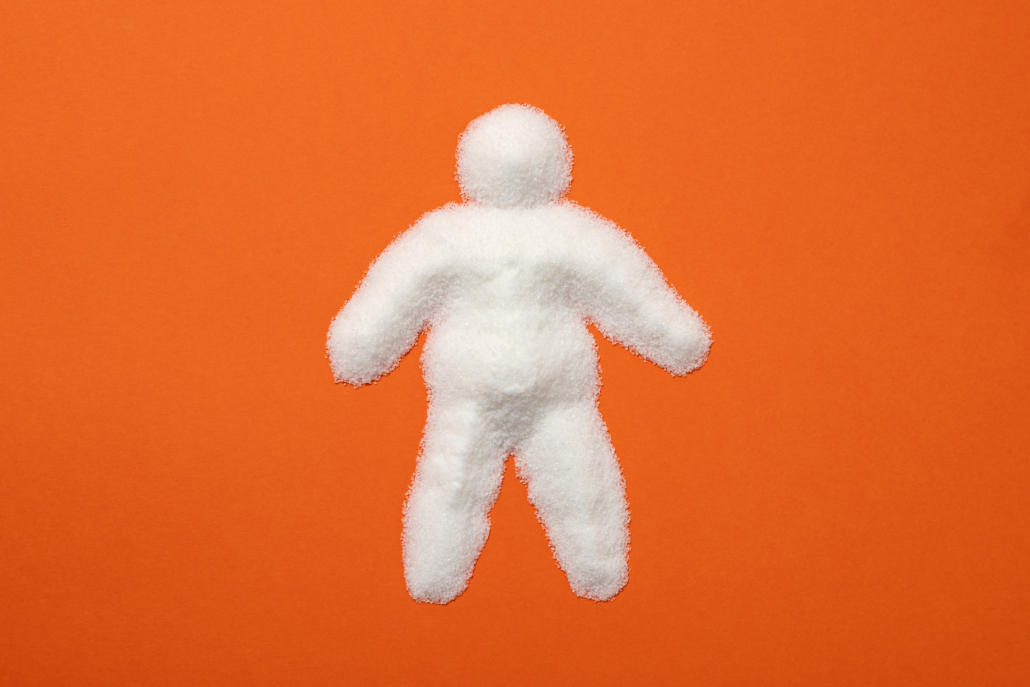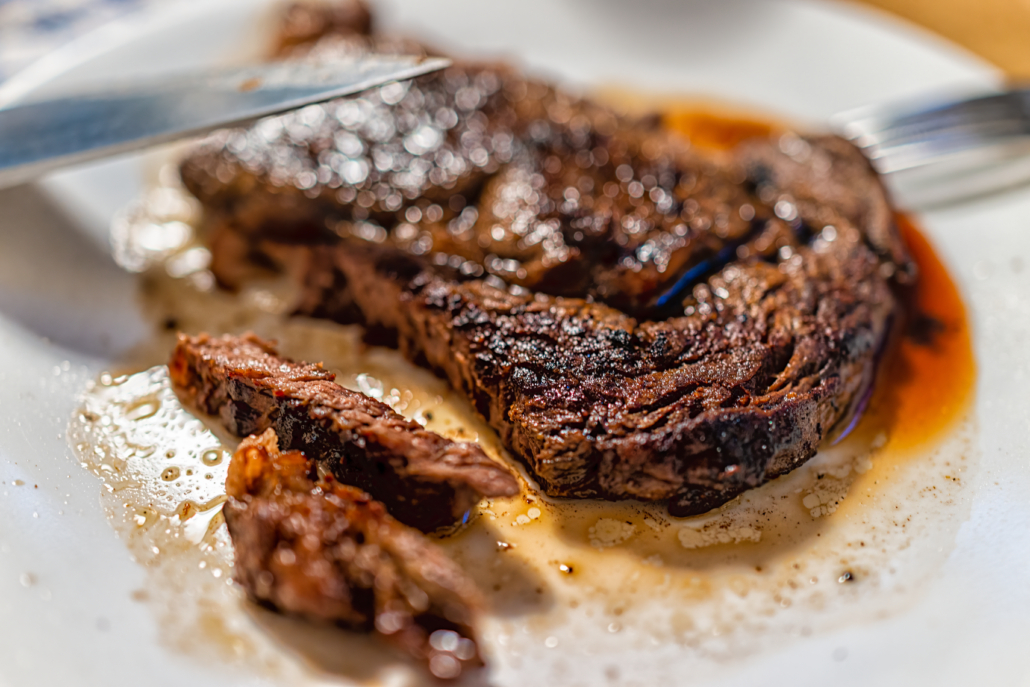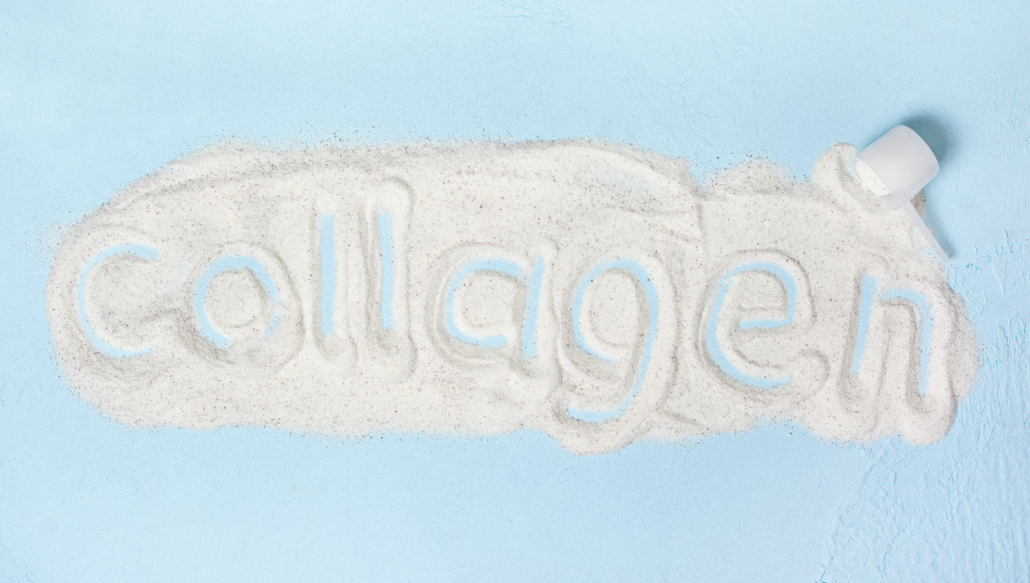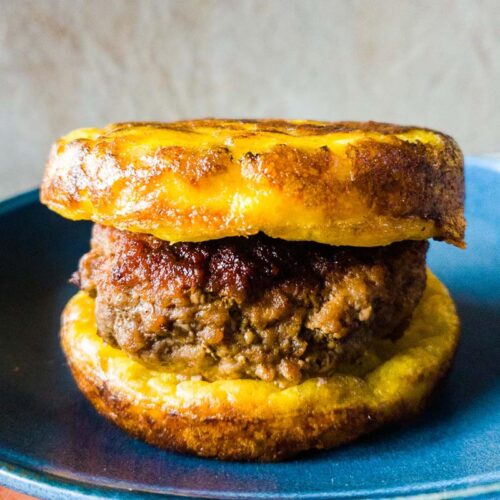We include products in articles we think are useful for our readers. If you buy products or services through links on our website, we may earn a small commission.
7 Most Common Carnivore Diet Side Effects and How to Overcome Them
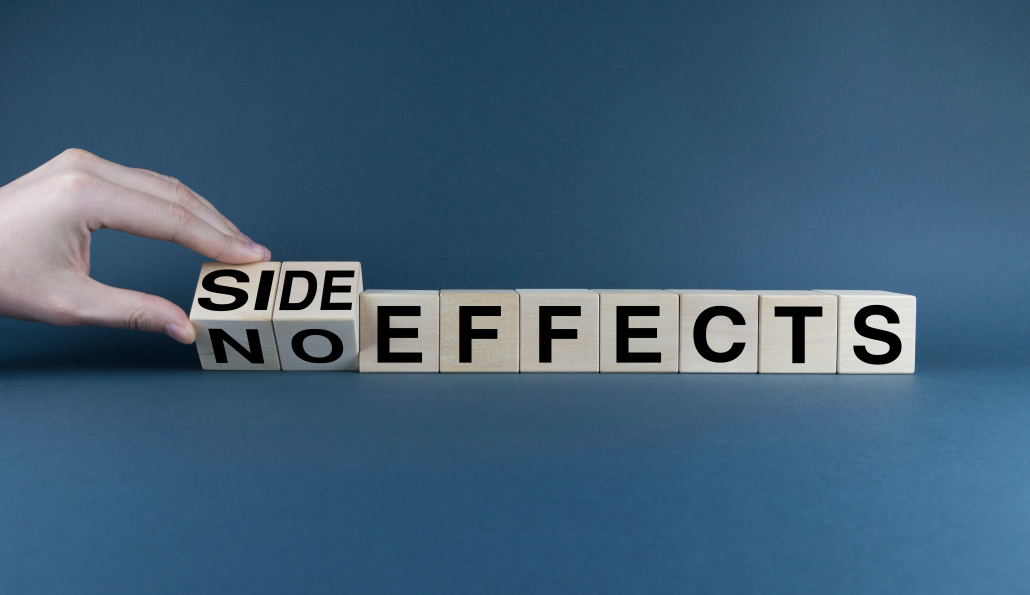
Table of Contents
- Carnivore Diet Side Effect #1: Diarrhea
- Carnivore Diet Side Effect #2: Constipation
- Carnivore Diet Side Effect #3: Nausea
- Carnivore Diet Side Effect #4: Feeling Hungry and Craving Sugar
- Carnivore Diet Side Effect #5: Leg Cramps
- Carnivore Diet Side Effect #6: Bad Breath
- Carnivore Diet Side Effect #7:Heart Palpitations
- Carnivore Diet Side Effects: The Takeaway
If you’re reading this, you’re probably already familiar with the carnivore diet and its many benefits.
You’ve seen the Harvard and Revero studies reporting how the carnivore diet can significantly improve and even resolve numerous diseases, reduce medication use, improve gastrointestinal conditions, boost mental health, clear up skin conditions, and promote weight loss.
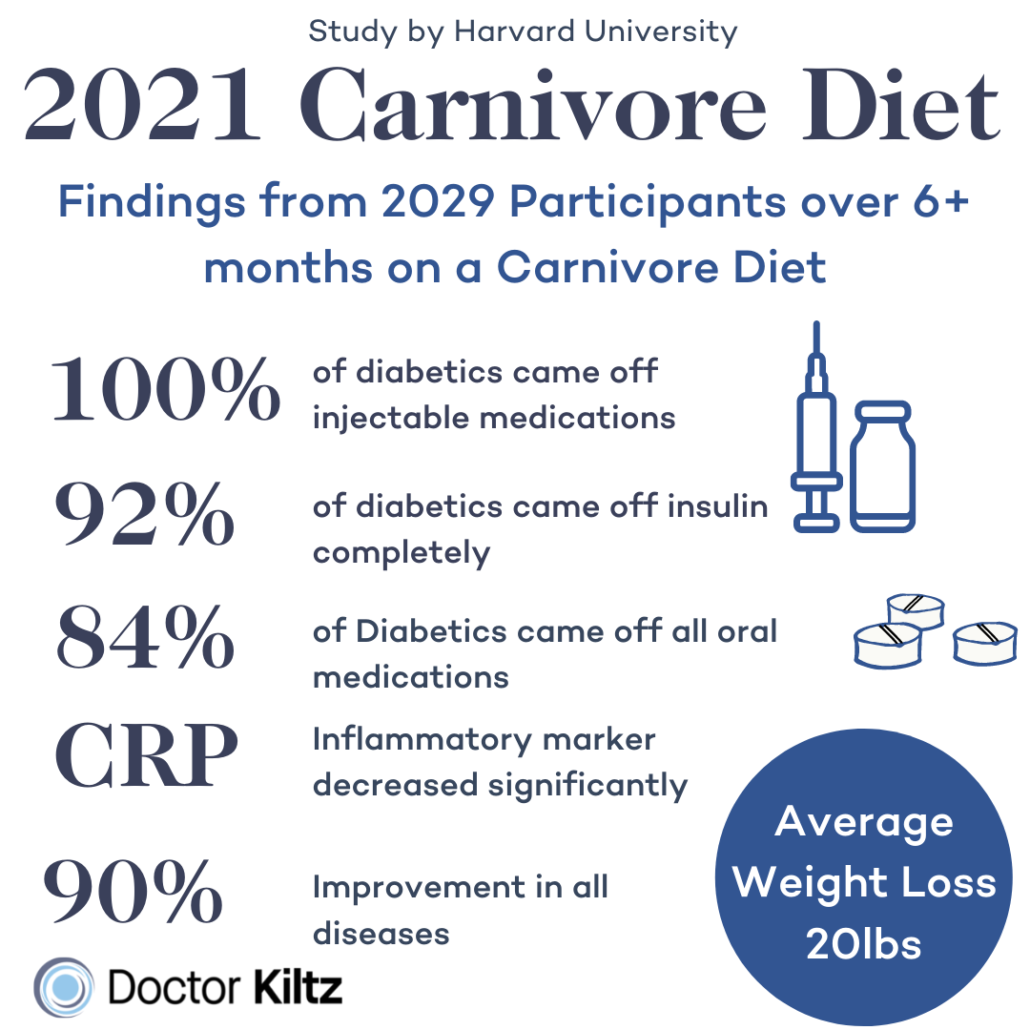
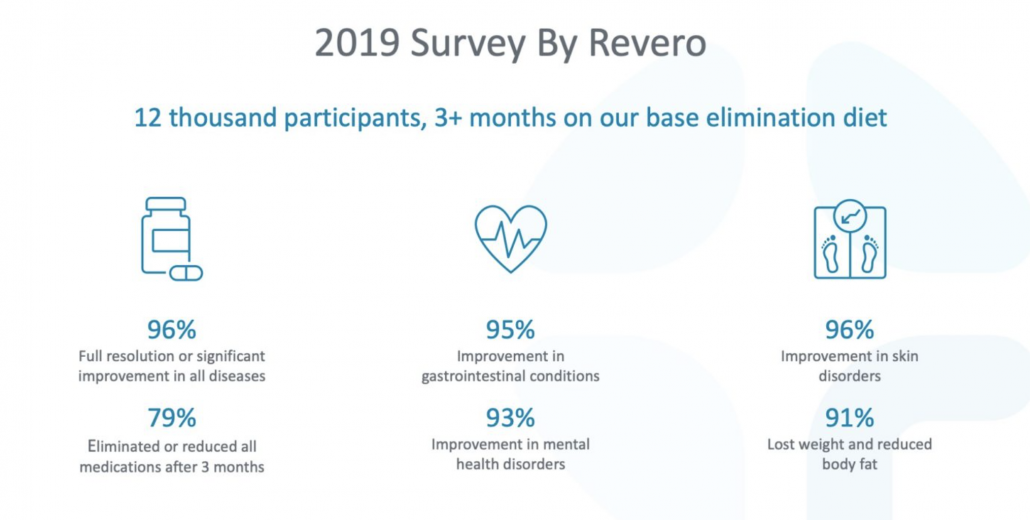
But you’ve also probably heard of–or experienced–some less than desirable side effects. Carnivore diet side effects can occur as your body adapts to a way of eating that, for most people, is dramatically different than the standard American diet.
In this article, we’ll explore 7 of the most common carnivore diet side effects and tips for overcoming them.
Carnivore Diet Side Effect #1: Diarrhea
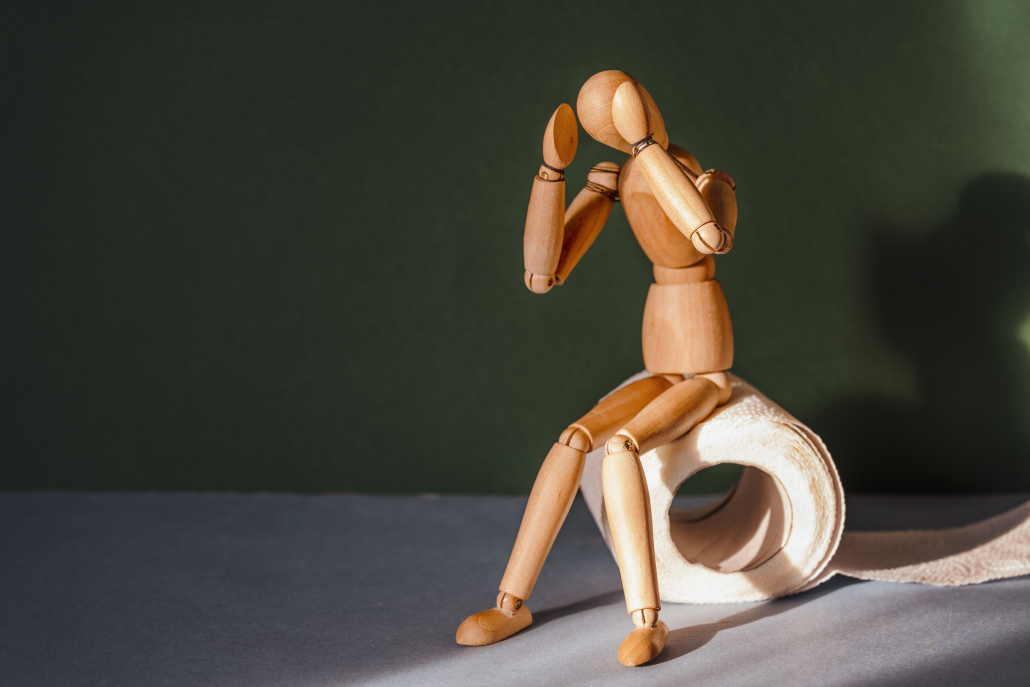
On a carnivore diet, some people experience diarrhea during the adaptation period. These symptoms are due to two main factors:
- Elimination of carbohydrates and plant fibers
- Dramatically increasing fat intake
Cutting Carbs and Fiber
Cutting carbs and plant fiber eliminates the fuel source for toxic, inflammatory, metabolically dysregulating bacteria overgrowths.
As your old sugar-loving bacteria die off, your digestive system will flush and repopulate with beneficial bacteria. Temporary diarrhea can as part of the microbiome reset and re-regulation process.
Increased Fat Intake
Carnviore diet macros call for 70-80% of calories from animal fat. For your body to successfully digest this extra fat, two things need to happen: bile production and digestive enzymes both need to upregulate.
Bile Production
Bile is critical to fat digestion. When you consume fat your digestive system secretes cholecystokinin (CCK), a hormone that signals your gallbladder to release bile. This bile then emulsifies (mixes) fats and prepares them for absorption.
It may take 1-4 weeks for your gallbladder to adapt by upregulating bile production. You can also use ox bile supplements to support/expedite this process.
Digestive Enzymes
Stomach enzymes are also responsible for assimilating dietary fat. Especially important are Lipase and amylase.
It may take 1-4 weeks for your body to begin producing sufficient enzymes for this new and nourishing abundance of fatty meats.
How To Fix it
Eliminate Dairy
If diarrhea persists, consider eliminating all dairy products for thirty days. Then add back only A2 dairy products from goat, sheep, buffalo, and certified A2 cows.
Hydrate with water and salt
Drink plenty of water, increase your salt intake, and add electrolytes if necessary to prevent dehydration.
Take Ox Bile Supplements
Ox bile supplements can help your body metabolize an increased fat load as your natural bile production gets up to speed.
Carnivore Diet Side Effect #2: Constipation
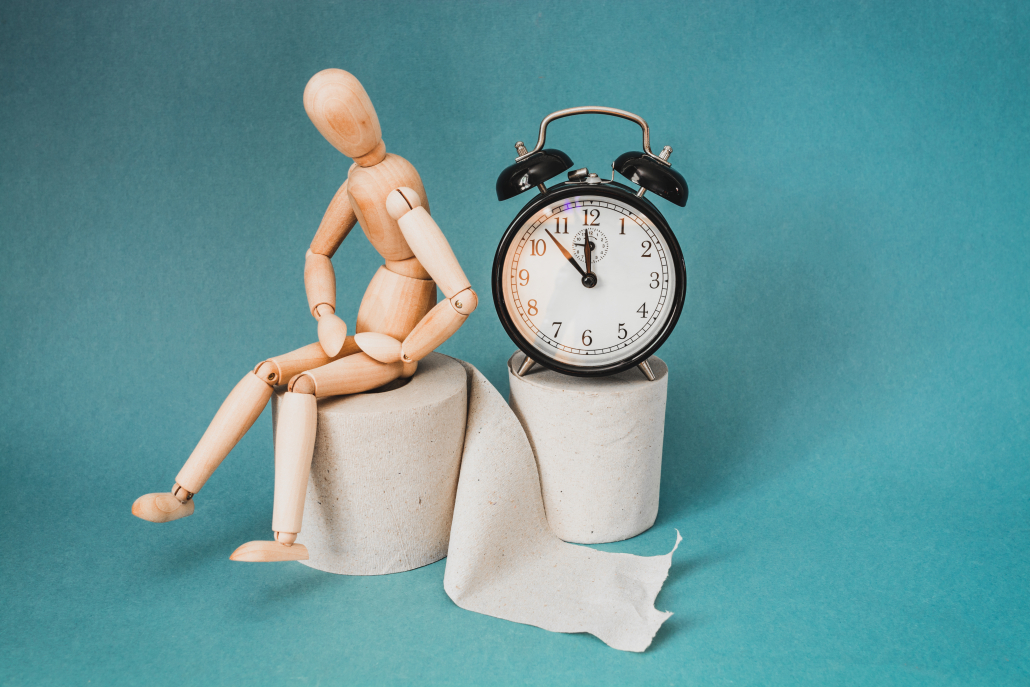
The flip side to diarrhea is constipation, and the reasons for it are the same. Long story short, it can take some time for your digestive system to adapt to a dramatically different diet that cuts carbs and fiber while boosting animal fat.
Over time your microbiome will rebalance and the stomach enzymes responsible for processing fat will upregulate and allow your body to digest fatty meals more quickly.
An important point to consider is that just because you’re pooping less on carnivore doesn’t mean you’re constipated.
Carnivore diet foods are essentially free from indigestible fibrous waste that your body has to constantly expel.
Contrary to popular belief, studies show that not consuming fibrous plant foods can actually reduce and eliminate constipation.3
Once your digestive system adjusts to carnivore your bowel movements will likely be pleasant, regular, predictable, yet less frequent–and that’s a good thing.
How to Fix it
Though constipation on carnivore isn’t uncommon, for most people, it is temporary and the fixes are easy.
Hydrate
The number one fix is to stay hydrated by drinking more water and salt.
It’s also important to remember that a carnivore diet is essentially a type of keto. Meat on carnivore doesn’t mean tenderloin and chicken breast. It means ribeye steak without the fat trimmed, and drenched in butter or tallow.
Reduce protein, increase fat
If you overload on protein you will get constipated. So make sure you’re getting at least 70% of your calories from animal fats, at least for the first 1-2 months.
Eliminate dairy
If constipation persists, consider eliminating all dairy products for thirty days. Then gradually add back only A2 dairy products from goat, sheep, buffalo, and certified A2 cows. Monitor changes, and if you’re bowels are moving fine, allow dairy, if not, cut it out.
Supplement with magnesium citrate
Another effective approach is to supplement with 400 mg of magnesium citrate
On any diet these three foods can be constipating.
Replace these fibers and hard-to-digest fats with more whole animal meats.
Drink Bone Broth
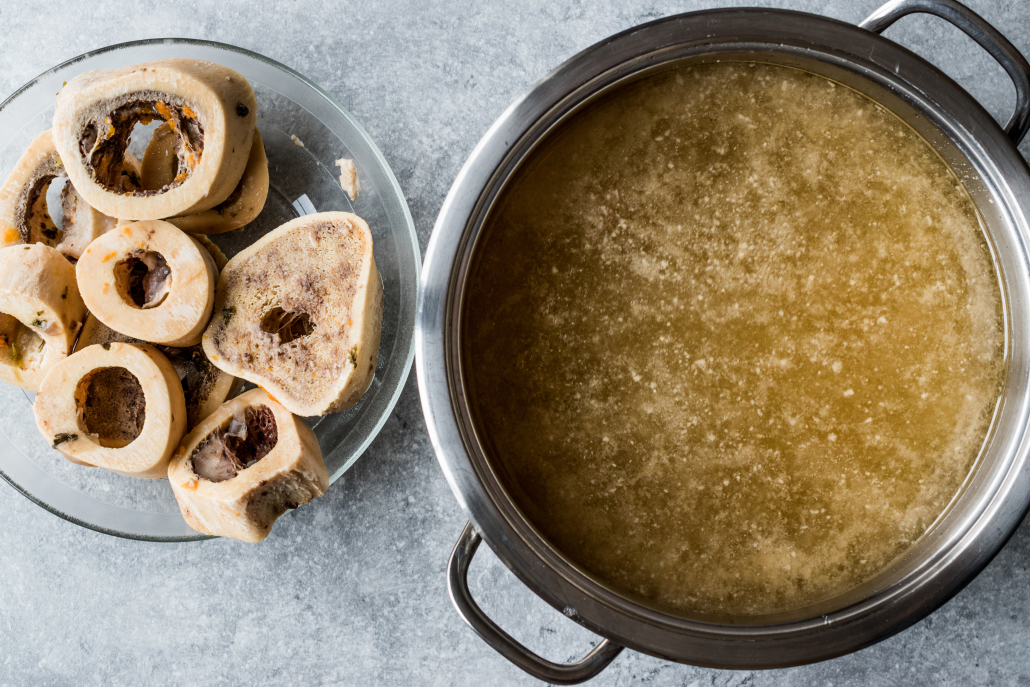
Keto bone broth is loaded in electrolytes and amino acids that can aid your body in making the digestive transition to a carnivore diet.
In addition, the gelatin in bone broth attracts and holds water in your gut, which helps food move more freely through your digestive tract.
Low-intensity exercise
Last but not least, low intensity exercises like walking, yoga for digestion, can help get your digestion flowing.
Carnivore Diet Side Effect #3: Nausea
Nausea is another symptom that commonly occurs during the transition to carnivore.
Like the above symptoms, nausea is likely a result of:
- changes in your microbiome after sugar and fibers are eliminated
- eating a dramatically different diet before your digestive enzymes have upregulated to efficiently break down and assimilate the new abundance of fats and complex proteins
- Dehydration resulting from you body flushing fluids as you transition into ketosis
How to Fix It
When transitioning to a high-fat low-carb way of eating your body flushes fluids as your body metabolizes glycogen stored in your muscles–this can leave you dehydrated. So it’s critical that your drink plenty of water and increase your salt intake.
To rebalance electrolytes consume 12 grams (2 tsp) of salt per day in the first few days of adapting to carnivore. Once adapted, it’s recommended that you consume at least 5 grams (1tsp) daily to avoid constipation and other symptoms like headache and constipation.
This is another area where supplementing with ox-bile may help.
Carnivore Diet Side Effect #4: Feeling Hungry and Craving Sugar
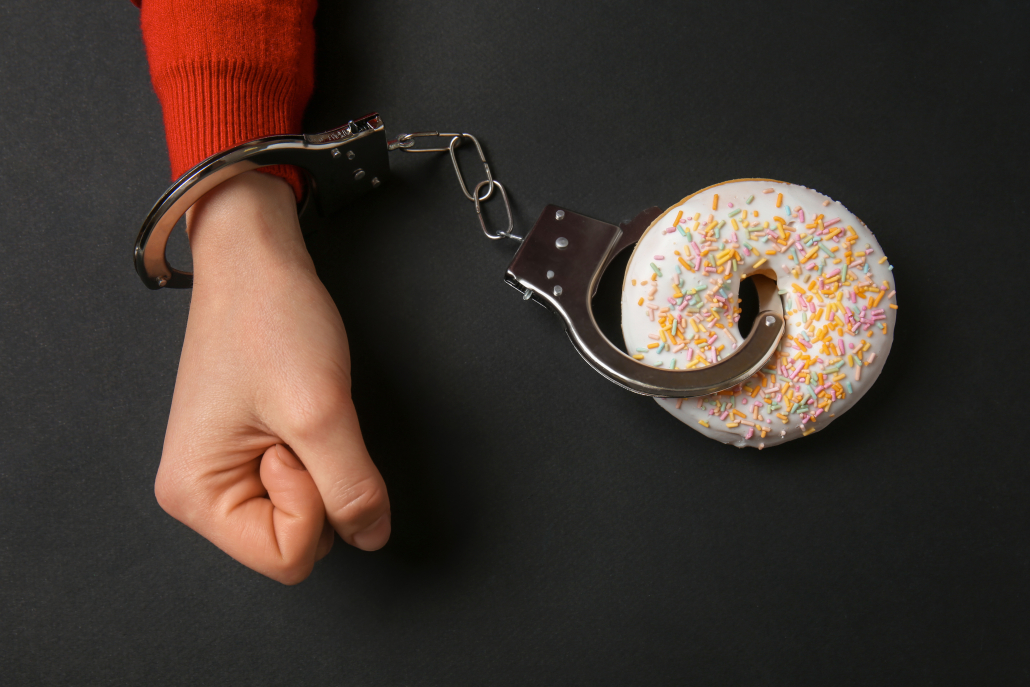
If you’re feeling hungry on carnivore it’s most likely that you’re not eating enough fat.
We modern humans have been brainwashed into thinking fat is bad and meat is muscle. This couldn’t be further from the truth.
The ancestral carnivore diet that humans evolved on revolved around animal fat–a key component of the healthiest foods in the world.
Gut-Brain Axis
A major force behind food cravings are the billions of living organisms in our gut called our microbiome. Our microbiome communicates with our brain in a relationship called the gut-brain axis.
On carnivore, many harmful yeasts and bacteria that are accustomed to getting fed with sugar and insoluble fiber get starved. Their response is to send out chemicals (neurotransmitters) that trigger feelings of hunger and craving.
How to Fix it
Eat More Fatty and Nutrient-Dense Foods
One of the keys to not feeling hungry on carnivore is to eat more nutrient-dense foods.
Highly satiating carnivore foods loaded with fat, proteins, and essential nutrients found only in meat include:
- Keto meats like ribeye steak, lamb, and pork
- Fatty fish like mackerel, anchovies, salmon
- Organ meats like beef liver and kidney
- Eggs
Reduce Stress in Your Life
For most people food is an addiction. As with other addictive substances people use food to relieve stress.
Studies show us that chronic stress and high levels of cortisol (stress hormones) stimulate the hunger hormone ghrelin, and have been associated with weight gain and obesity.
Can you tell the difference between physical hunger and stress-related hunger?
| Physical Hunger | Hunger Related to Stress |
| Slowly develops over time | Happens suddenly |
| A desire for fat and protein | A desire for high carb foods and sweets |
| You notice when you’re full and stop eating | You binge eat and don’t acknowledge feeling full |
| You feel positive about having eaten | You feel guilt and shame after eating |
Ways to Reduce Stress

- Mindful eating
- Meditation for stress and anxiety
- Getting more sleep
- Yoga nidra full-body relaxation
- Breathing techniques for anxiety
Move More

Though counterintuitive, sitting at a desk or in front of a screen all day (being sedentary) can increases hunger.
The good news is that moving your body suppresses the hunger hormone called ghrelin and can increase feelings of fullness.
Carnivore Diet Side Effect #5: Leg Cramps
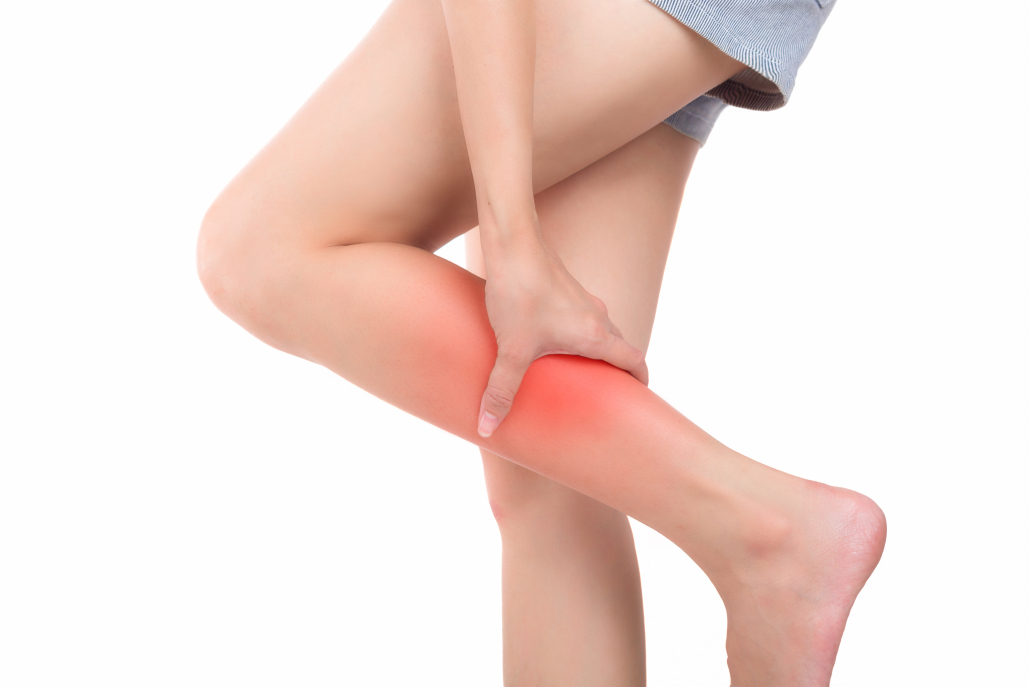
Like the other side effects on this list, leg cramps are common early on but usually subside once your body assimilates.
Muscle and leg cramps are usually a result of mineral and electrolyte imbalances. Low levels of magnesium, sodium, and or potassium are the culprit.
As we mentioned earlier, carnivore is a ketogenic diet. When you transition into ketosis your body unlocks glycogen stored amidst water molecules in your muscles. This will cause you to flush fluids and electrolytes along with it. This process is temporary but there are ways to reduce associated cramping.
How to Fix it
The cure for leg cramps on the carnivore diet is to increase your sodium, potassium and magnesium levels. You can do that in the following ways:
Salt Your Foods Liberally
Noticing a theme here? On carnivore you need more salt than you think. Remember that you’re cutting out processed foods that are usually loaded with salt. It’s your job to salt your own food now.
Salty Keto bone broth is a great carnivore drink to boost your salt and electrolytes.
Drink more water
One rule of thumb that can help is to drink half your body weight in ounces of water per day. A 200-pound person should aim for 100 ounces of water (close to a gallon) per day.
Get More Magnesium
You can get more magnesium from whole carnivore foods by adding in certain seafood.
High Magnesium Seafood
| Type | % RDV per 100 grams |
| Salmon Roe | 75% |
| Conch | 60% |
| Scallop | 15% |
| Oyster | 15% |
| Atlantic Mackeral | 15% |
If you’re not into seafood or you’re still not getting enough magnesium, consider a magnesium supplement.
Take a Break
Dr. Kiltz recommends a flexible approach to carnivore that he calls the BEBBIIS plan. This stands for bacon, eggs, butter, beef, ice cream, intermittent fasting, and salt.
A key here is ice cream, which allows for some carbs. Dr. Kiltz also supports tallow-fried french fries as a low-toxin high-carb indulgence once in a while.
Carnivore Diet Side Effect #6: Bad Breath
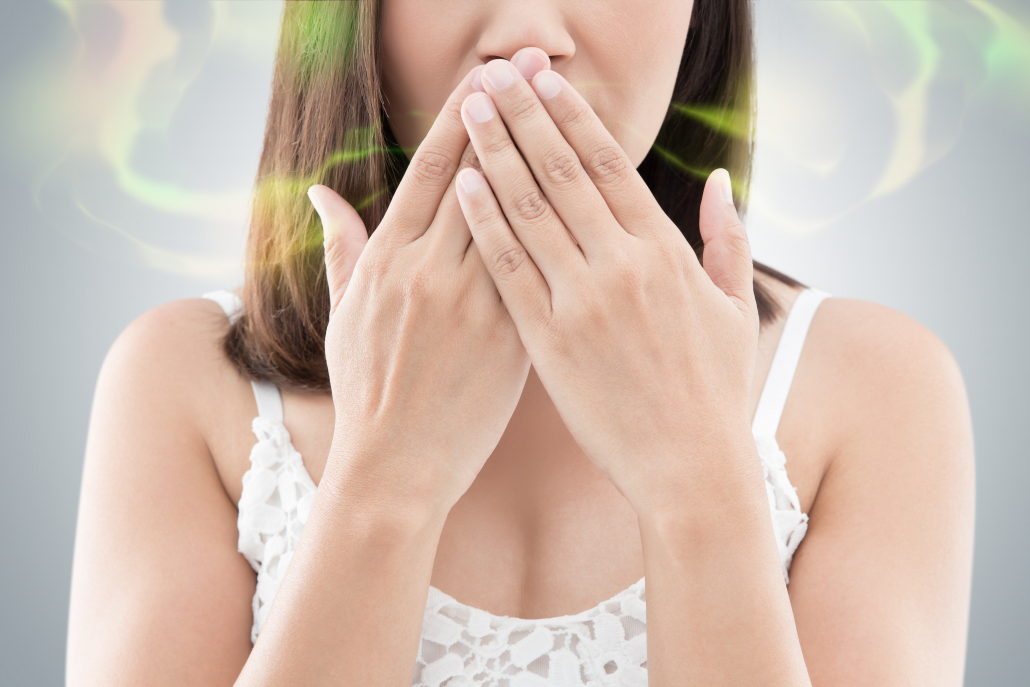
Cutting carbs and increasing fat intake boosts the production of energy molecules called ketones.
Keto breath, which smells like nail polish remover, is produced when a ketone called acetoacetate is broken down into acetone (aka nail polish remover). It is then diffused into your lungs and exhaled.
How to Fix it
Not everyone gets keto breath on carnivore, but if you do the best course of action is to give it a week. It usually clears up as your body balances its ketone production.
Drink More Water
Ketones and their byproducts exit the body through urine, so simply drink water to usher excess ketones out.
Oral Hygiene
Keep your mouth fresh and clean with extra brushing and mouthwash.
Carnivore Diet Side Effect #7:Heart Palpitations
Heart palpitations, flutters, or an increase in stroke volume on carnivore are common during the transition period. Like most other side effects, heart palpitations are a result of low electrolytes.
All versions of high-fat low-carb diets cause insulin levels to drop, triggering the kidneys to excrete more sodium. Low sodium disrupts levels of magnesium and potassium.
When on Blood Pressure Medication
Cutting carbs tends to improve blood pressure for most people.
This can reduce the need for medication, or require an adjustment of dosage.
A symptom prior to dosage adjustment can be heart palpitations. One of the symptoms of this can be an increased pulse and heart palpitations.
How to Fix it
The key to alleviating heart palpitations is to drink plenty of water, add more salt, and supplement with magnesium and potassium if needed.
If you are experiencing palpitations while taking medications on a HFLC carnivore diet, then it’s best to check with your doctor or find a carnivore-savvy doctor who can help you adjust or discontinue medications.
You can find a list of carnivore and keto-friendly health providers here.
Carnivore Diet Side Effects: The Takeaway
Though the carnivore diet has many proven benefits, making the change can result in some uncomfortable side effects.
The good news is that each of these 7 common side effects is temporary and usually subside quickly when properly addressed.
Most side effects will be effectively alleviated by the same approach of eating more fat, drinking more water, and increasing salt intake.
Of course, if you continue to find yourself experiencing adverse effects while on carnivore, we recommend seeking the advice of a healthcare professional with knowledge of the carnivore diet.












